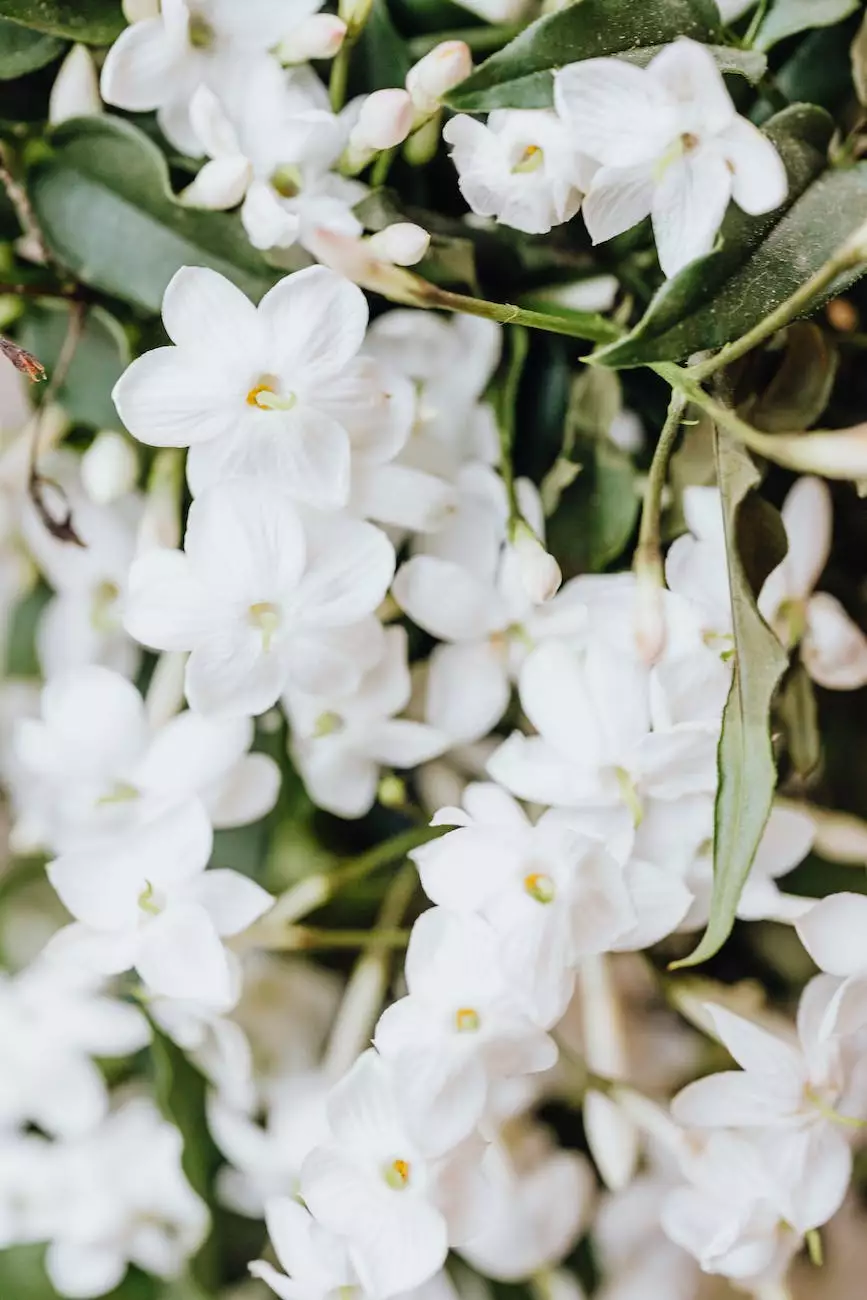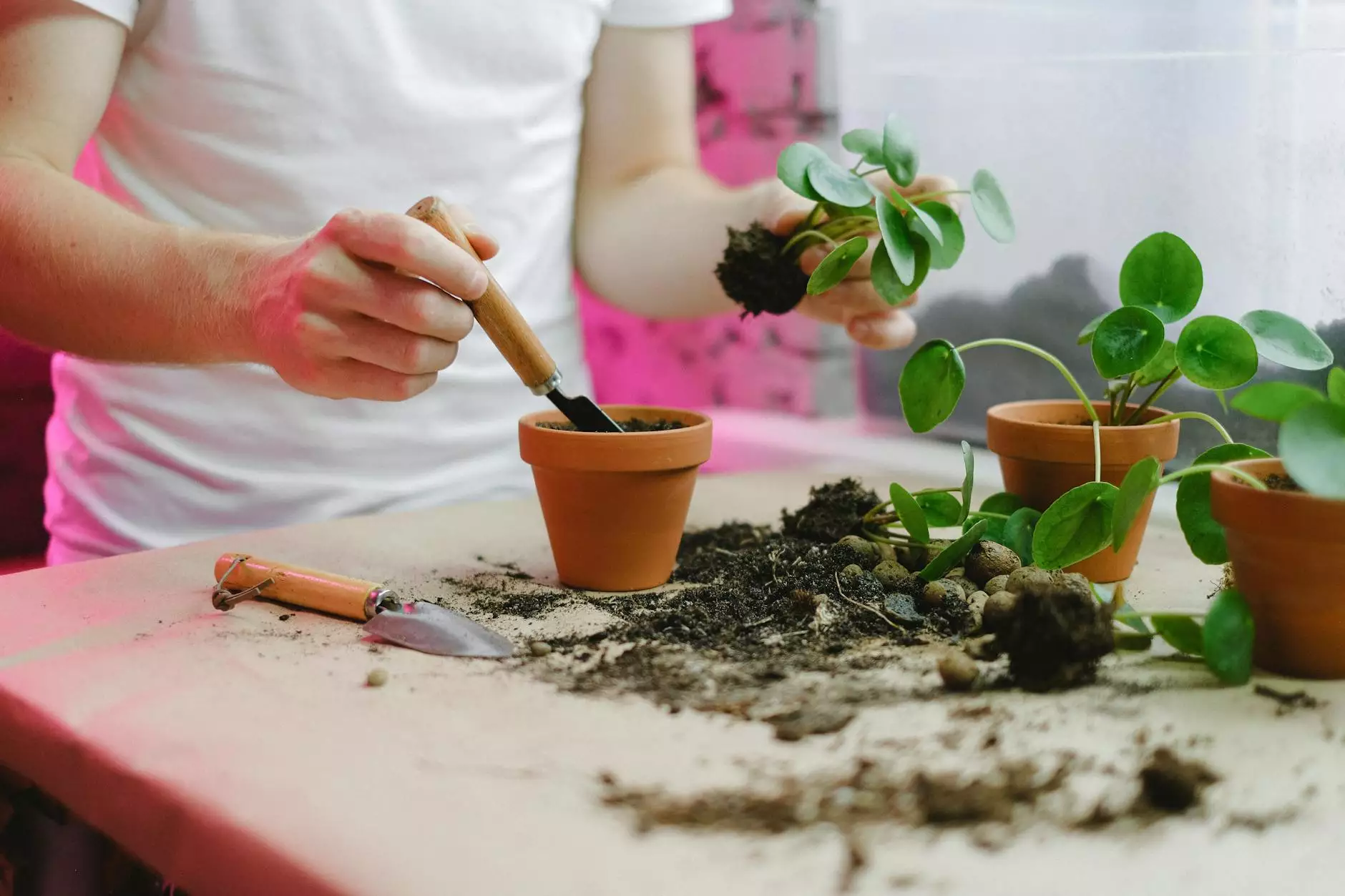Orchids 101: Tips & Tricks

Welcome to LXFG's comprehensive guide on orchids, where we provide valuable tips and tricks to help you successfully care for these exquisite flowers. Orchids are known for their elegance and beauty, and with the right knowledge, you can enjoy their splendor in your own home or garden. Whether you are a beginner or an experienced gardener, this guide will equip you with the necessary information to cultivate healthy and thriving orchids.
Choosing the Right Orchid Species
Orchids come in various species, each with its unique characteristics and requirements. The first step in successfully growing orchids is selecting the right species for your environment. Some popular orchid species include:
- Phalaenopsis Orchids
- Cattleya Orchids
- Dendrobium Orchids
- Cymbidium Orchids
- Oncidium Orchids
Each species has specific light, temperature, and moisture requirements. Research the individual species to understand which one suits your climate and the conditions you can provide. Choosing the right species ensures optimum growth and increased chances of successful blooming.
Creating the Perfect Growing Environment
Orchids thrive in specific environments, and replicating those conditions is crucial for their well-being. Here are some essential factors to consider when creating the perfect growing environment:
Light Requirements
Light is vital for orchids, but different species have different light preferences. Some orchids thrive in bright indirect light, while others require more shade. Understanding the light needs of your chosen species will help you position your orchids in the best possible spot.
Temperature and Humidity
Orchids are typically sensitive to temperature changes, and maintaining ideal temperature and humidity levels is important for their growth. Most orchids prefer temperatures between 65°F and 75°F and humidity levels of 40-70%. Creating a stable microclimate with proper ventilation is essential for their well-being.
Air Circulation and Ventilation
Ensuring proper air circulation and ventilation prevents the buildup of stagnant air around your orchids. This helps prevent diseases and ensures the plants have access to fresh air, replicating their natural habitat.
Caring for Your Orchids
Once you have selected the right orchid species and created the ideal growing environment, it's time to dive into the proper care techniques. Here are some tips to keep your orchids healthy:
Watering
Watering orchids can be a bit tricky, as overwatering can cause root rot, while underwatering can lead to dehydration. Always water your orchids when the top layer of the growing medium feels slightly dry to the touch. Avoid allowing water to sit in the pot or tray, as this can lead to fungal issues.
Fertilizing
Fertilizing orchids is important for providing them with the nutrients they need for healthy growth and blooming. Use a specialized orchid fertilizer and follow the instructions carefully. Over-fertilizing can burn the roots, so it's crucial to use the proper dosage.
Potting and Repotting
Orchids require proper potting and occasional repotting to ensure adequate drainage and healthy root growth. Use a well-draining orchid potting mix and choose a pot with proper drainage holes. Repot your orchid when you notice it outgrowing its current container or when the potting medium starts to break down.
Pruning and Maintenance
Regular pruning helps orchids maintain a desirable shape and encourages new growth. Remove any dead or decaying leaves, flowers, or stems to prevent the spread of diseases. Additionally, check your orchids regularly for any signs of pests or diseases and take appropriate action immediately.
Common Orchid Problems and Solutions
While orchids are generally resilient plants, they can occasionally encounter issues that hinder their growth. Here are some common problems you may encounter and their respective solutions:
Yellowing Leaves
If your orchid's leaves are turning yellow, it could be a sign of overwatering or inadequate light. Adjust your watering routine and ensure your orchid receives the appropriate amount of light based on its species requirements.
Lack of Blooming
If your orchid refuses to bloom, inadequate light, improper fertilization, or incorrect temperature might be the culprits. Assess these factors and make the necessary adjustments to encourage blooming.
Pest Infestations
Common pests that can affect orchids include aphids, mealybugs, and spider mites. Regularly inspect your plants for any signs of pests and treat them promptly to prevent infestations from spreading.
Conclusion
Cultivating thriving orchids requires understanding their specific needs and providing them with the right care. By choosing the appropriate orchid species, creating an optimal growing environment, and implementing proper care techniques, you can enjoy the beauty of these magnificent flowers for years to come. Remember, each orchid species may have unique requirements, so always refer to specific care guides for the best results.










